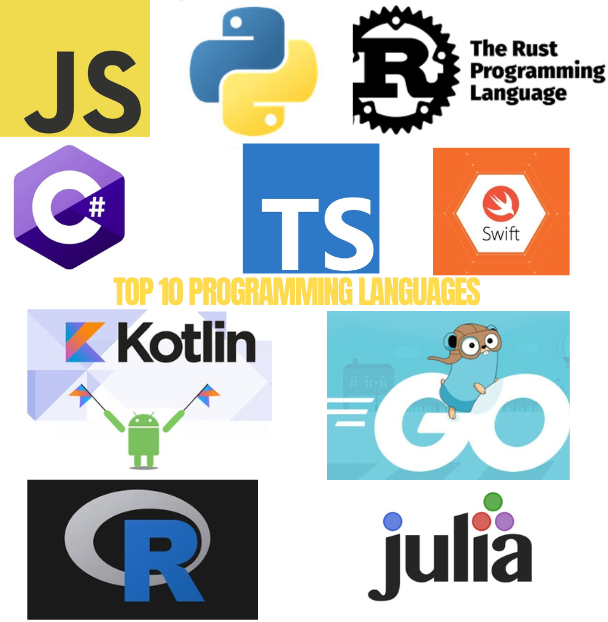It’s important to note that the landscape of programming languages can evolve rapidly. New languages may emerge, and the popularity of existing ones may change based on industry demands and technological advancements. Therefore, I recommend consulting reputable sources for the most up-to-date information. In the ever-evolving world of technology, programming languages play a crucial role in shaping the future of software development.
As new technologies emerge and existing ones evolve, programming languages must adapt to meet the demands of modern applications. In this blog, we will explore the top 10 best programming languages for the future that are poised to make a significant impact. These languages offer powerful features, extensive community support, and the potential to drive innovation in various domains. Whether you’re an aspiring developer or an experienced professional, staying updated with these programming languages can give you a competitive edge. With that said, here is a list of ten widely used programming languages:
1. JavaScript:
JavaScript remains a dominant force in web development and continues to gain momentum beyond the browser. With the rise of frameworks like React and Angular, JavaScript has become a go-to language for building dynamic and interactive web applications. Additionally, JavaScript is expanding its reach into areas such as server-side development (Node.js) and mobile app development (React Native). As the demand for full-stack developers grows, JavaScript’s versatility and ecosystem make it an essential language for the future.

2. Python:
Its simplicity, readability, and versatility make it suitable for a wide range of applications. Python’s extensive libraries, such as TensorFlow for machine learning and Django for web development, contribute to its popularity. With an active and supportive community, Python continues to evolve, making it an ideal choice for data science, artificial intelligence, and web development.

3. Rust:
Rust has been gaining traction as a systems programming language due to its focus on safety, speed, and concurrency. Designed to eliminate common programming errors like null pointer dereferences and data races, Rust offers memory safety guarantees without sacrificing performance. Its unique ownership model allows for efficient memory management, making it suitable for low-level programming and building high-performance applications. As the need for secure and reliable software intensifies, Rust is well-positioned to become a language of choice for systems programming and critical infrastructure development.
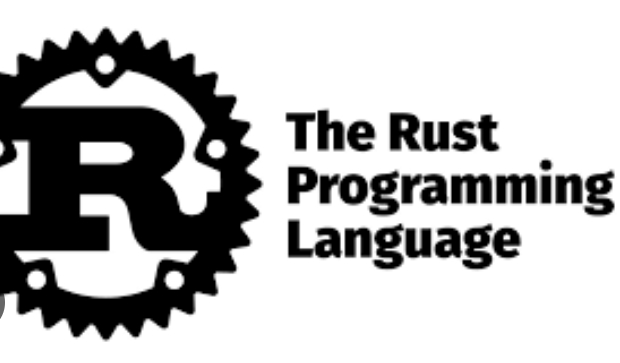
4. C# (C Sharp):
C#, developed by Microsoft, is a versatile and robust programming language primarily used for developing Windows applications and enterprise software. With the rise of . NET Core and cross-platform development, C# has expanded its reach beyond Windows and gained traction in web development (ASP.NET Core) and game development (Unity). C# offers a rich set of features, including strong typing, garbage collection, and extensive libraries. As Microsoft continues to invest in the language and its ecosystem, C# remains relevant for building scalable, performant, and enterprise-grade applications.
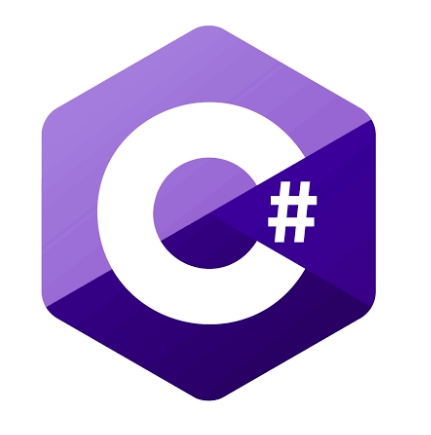
5. TypeScript:
TypeScript, a superset of JavaScript, enhances the capabilities of JavaScript by introducing static typing and advanced language features. By catching potential errors during development, TypeScript improves code quality and maintainability. It has gained significant adoption in the JavaScript community, especially in large-scale projects. With its ability to transpile into plain JavaScript, TypeScript remains compatible with existing JavaScript codebases. As the demand for scalable and maintainable JavaScript applications rises, TypeScript’s popularity will continue to grow, making it a must-know language for modern web development.
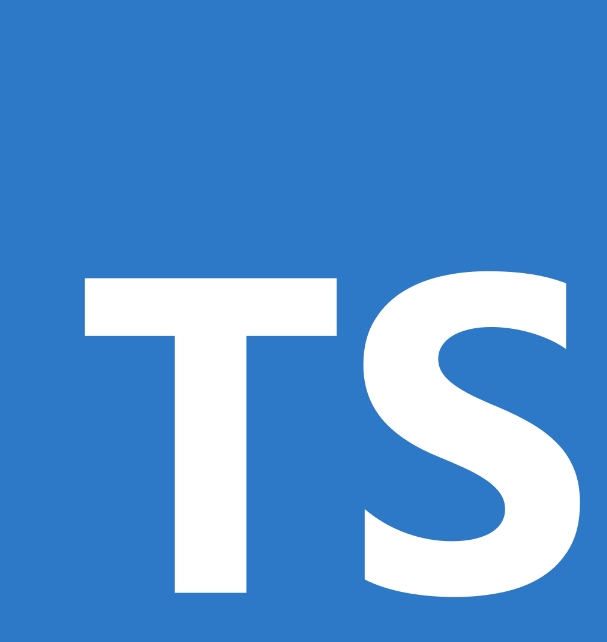
6. Swift:
Swift, developed by Apple, has revolutionized iOS and macOS app development. With its modern syntax, safety features, and performance optimizations, Swift has gained popularity among developers. Swift’s support for dynamic libraries, compatibility with Objective-C, and powerful development tools have made it a compelling choice for building robust and high-performance applications for Apple’s platforms. As Apple continues to expand its ecosystem and introduce new devices, Swift’s significance is expected to grow, making it a valuable language for iOS, macOS, watchOS, and tvOS app development.
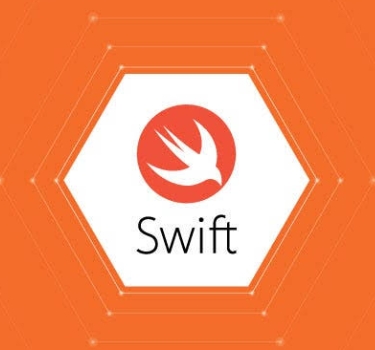
7. Kotlin:
It is the most preferred language for Android app development. Kotlin’s modern syntax, seamless interoperability with Java, and enhanced safety features make it an attractive alternative to Java. It offers concise and expressive code, null safety, coroutines for asynchronous programming, and support for functional programming paradigms. With Google officially endorsing Kotlin as a first-class language for Android development, its adoption is expected to grow rapidly, making it a language to watch for mobile app development.
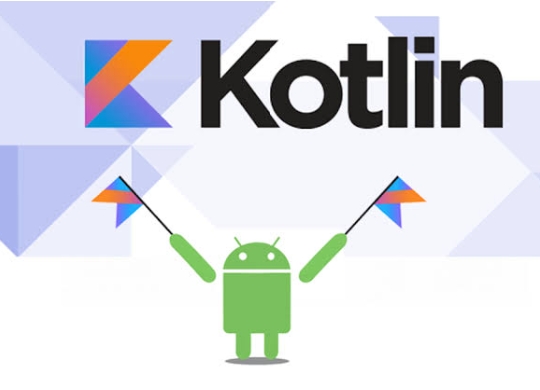
8. Go:
Go, also known as Golang, was developed by Google to address the challenges of large-scale concurrent systems. Go’s simplicity, efficiency, and built-in support for concurrency make it an excellent choice for developing distributed systems and cloud-native applications. Its strong community support, robust standard library, and seamless integration with containerization technologies like Docker have contributed to its growing popularity. As cloud computing, microservices, and containerization continue to reshape the software landscape, Go is expected to play a vital role in the future of scalable and efficient backend development.

9. R:
Widely used by statisticians, data scientists, and researchers, R provides a comprehensive suite of libraries and tools for data manipulation, visualization, and statistical modeling. Its extensive package ecosystem, including libraries like ggplot2 and dplyr, makes R a popular choice for analyzing and interpreting complex datasets. With the exponential growth of data-driven decision-making in various industries, R’s importance in statistical analysis and data science is set to endure.
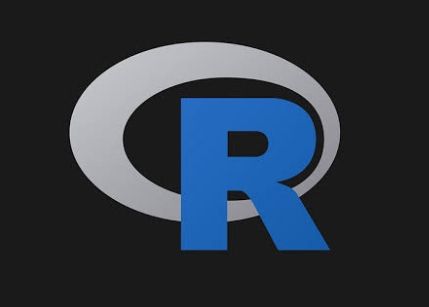
10. Julia:
Its combination of dynamic typing and just-in-time compilation allows for fast execution and efficient numerical computations. Julia’s extensive library ecosystem, including packages like DataFrames and Flux, makes it a powerful tool for data scientists and researchers. As the need for fast prototyping, advanced analytics, and scientific simulations increases, Julia is positioned to become a prominent language in the domains of data science, machine learning, and computational research.
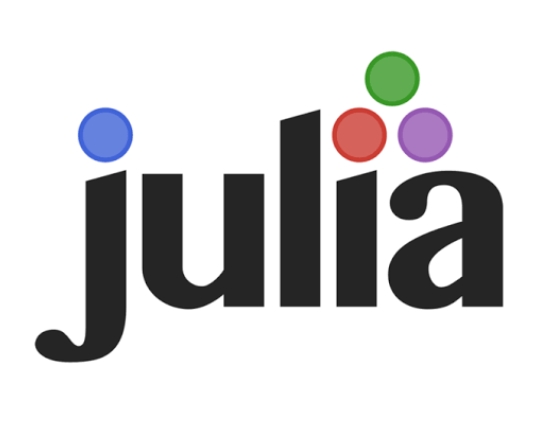
Conclusion:
Please keep in mind that this list represents a snapshot of popular programming languages at the time of my last knowledge update, and the popularity and relevance of languages can change over time. Stay informed and adapt to the evolving landscape to make informed decisions about which languages to learn.
The 10 best programming languages to learn mentioned above represent a glimpse into the future of software development. Each language brings unique capabilities, community support, and opportunities for innovation. While these top 10 languages are poised to shape the software industry, it’s essential to adapt and learn new languages based on the specific requirements and trends in your field. As technology continues to evolve rapidly, embracing new languages and frameworks will be crucial for developers to stay ahead of the curve and deliver cutting-edge solutions in an increasingly digital world.

